Dogs have woven themselves into human history, becoming our loyal companions, protectors, and even symbols of our cultures. For as long as I can remember, dogs have filled a niche in my life that people could never occupy. Their unconditional love, loyalty, and boundless energy have brought joy, deep connection, and empathy. Today, let’s walk through time to explore how these incredible animals have evolved alongside us, shaping and enriching our lives with their unwavering companionship.
The Dawn of Domestication
Imagine a time around 20,000 to 40,000 years ago. Early humans formed communities, and the wild canines that roamed near their settlements began seeing an opportunity. These early dogs were likely wolves that found an advantage in hanging around human camps, scavenging leftovers. Over generations, the tamest of these wolves began to be welcomed into human society, marking the earliest stages of domestication.
This mutual relationship was the beginning of an incredible partnership. Humans provided food and protection, while these proto-dogs offered hunting assistance and an early warning system against predators. This bond grew stronger over millennia, leading to the domesticated dogs we know today.
Ancient Egypt
Fast forward to Ancient Egypt, where dogs held a special place in society. They were not only beloved companions but also revered in religious practices. Egyptian tombs often depicted dogs, and it was not uncommon for dogs to be mummified alongside their owners, ensuring their companionship in the afterlife. The Egyptians particularly favored the Greyhound, known for its speed and elegance.
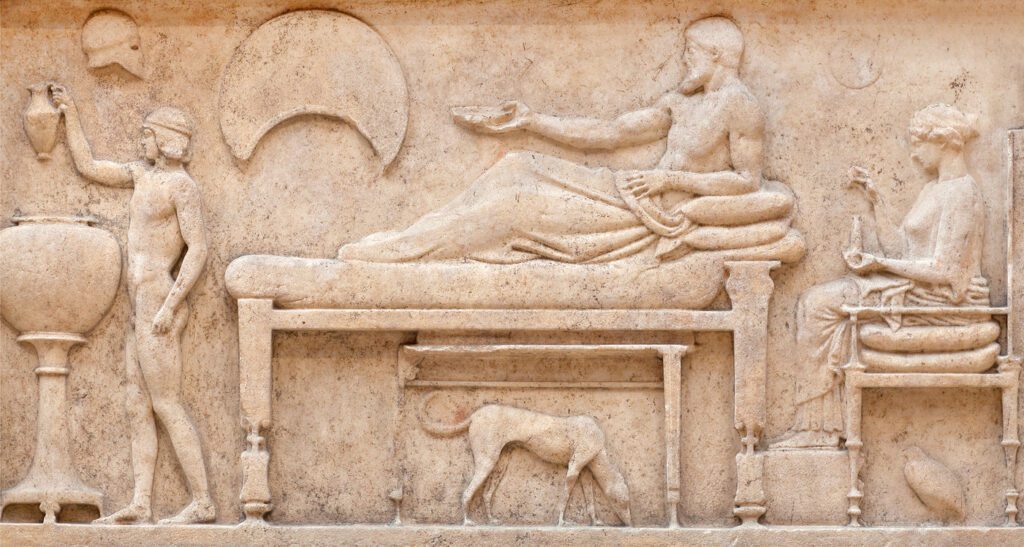
The Roman Era
In the Roman era, dogs took on new roles. They were trained for warfare, often wearing armor and fighting alongside soldiers. Roman legions used large breeds like the Mastiff for protection and combat. Additionally, dogs served as guard animals, protecting homes and livestock from intruders.
The Middle Ages
During the Middle Ages, the diversity of dog breeds began to flourish, a testament to the adaptability and versatility of these animals. Different breeds were developed for specific purposes, such as hunting, herding, and guarding. The Beagle, known for its keen sense of smell, became a famous hunting dog. Similarly, the Labrador Retriever emerged as an excellent helper in retrieving the game from the water, thanks to its friendly nature and swimming prowess. This evolution of dog breeds is a fascinating journey that continues to this day.
The 19th Century
The 19th century saw the formalization of dog breeds. Kennel clubs were established, and dog shows became popular events. This period marked the beginning of organized breeding programs to preserve and enhance specific dog traits. Breeds like the Poodle, known for its intelligence and distinctive coat, gained recognition and popularity.
The 20th Century and Beyond
In the 20th century, dogs’ roles expanded even further. Beyond hunting and guarding, dogs became cherished companions and family members. Breeds like the German Shepherd rose to prominence due to their versatility and intelligence. These dogs excelled in various roles, including service and therapy work, providing mental health support, and acting as loyal protectors.
The Golden Retriever also became a favorite family pet with its friendly and gentle disposition. Its ability to bond closely with humans made it an ideal companion for children and adults.
Highlighted Breeds and Their Characteristics
- Golden Retriever: Golden Retrievers are friendly, gentle, and great with families. They are loyal companions and excel in therapy work and search and rescue roles.
- Labrador Retriever: Friendly, excellent swimmer, and versatile. Labradors are known for their gentle nature, making them excellent family pets and reliable working dogs.
- German Shepherd: Intelligent, energetic, protective, and loving. German Shepherds are highly trainable and often serve as service dogs, therapy dogs, and mental health support animals.
- Poodle: Intelligent and known for their hypoallergenic coat. Poodles come in various sizes and excel in obedience training and agility.
- Beagle: Friendly and known for their exceptional sense of smell. Beagles are often used in hunting and as detection dogs.You
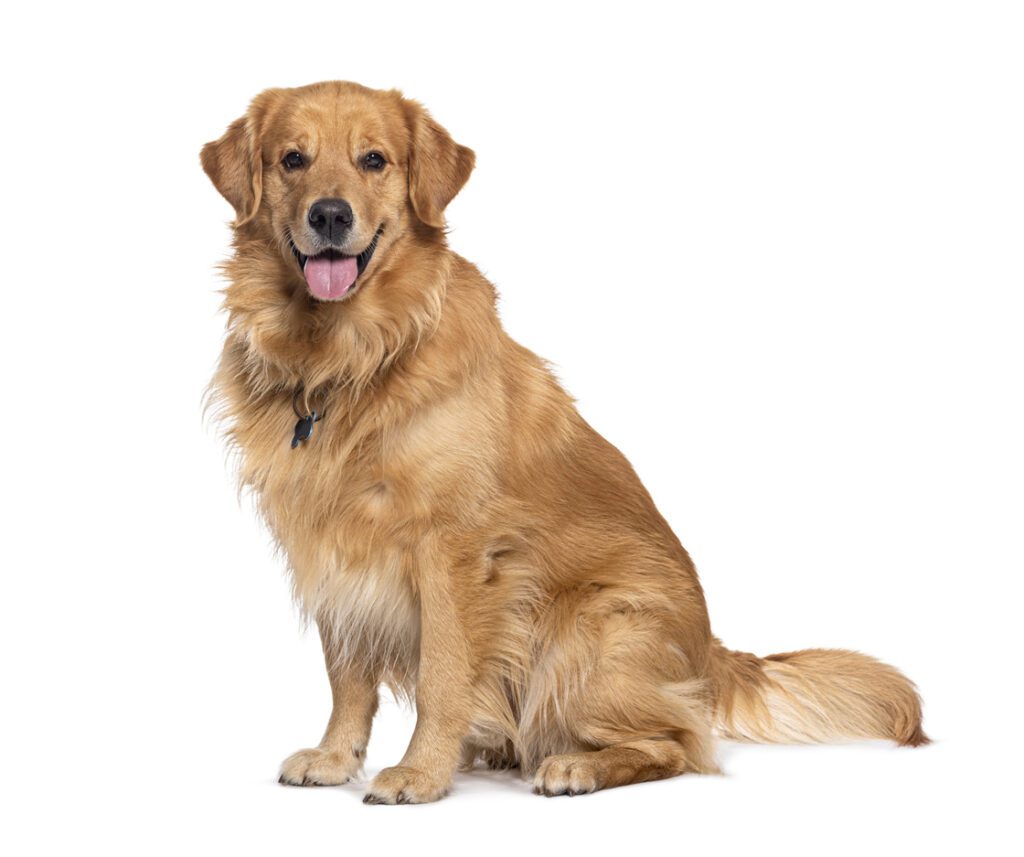
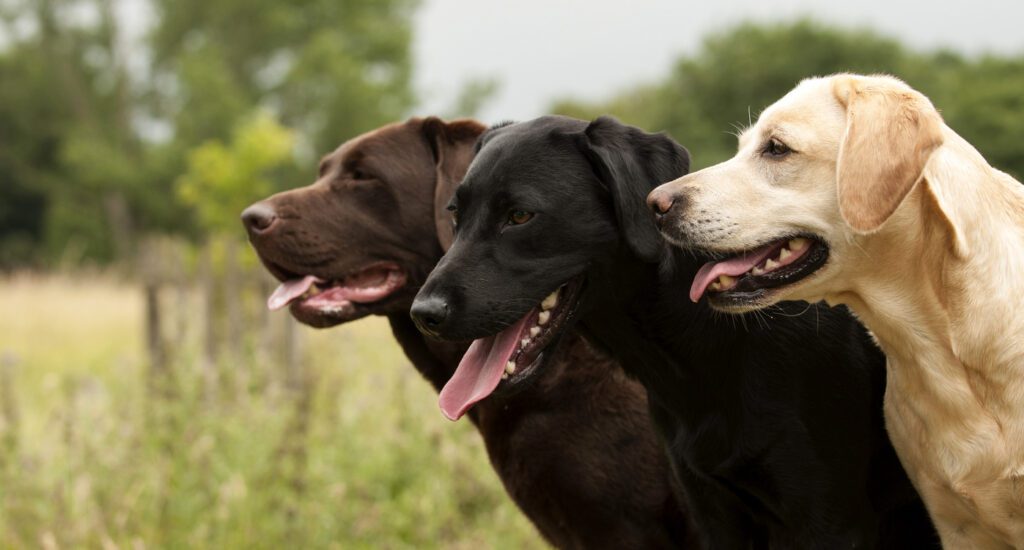
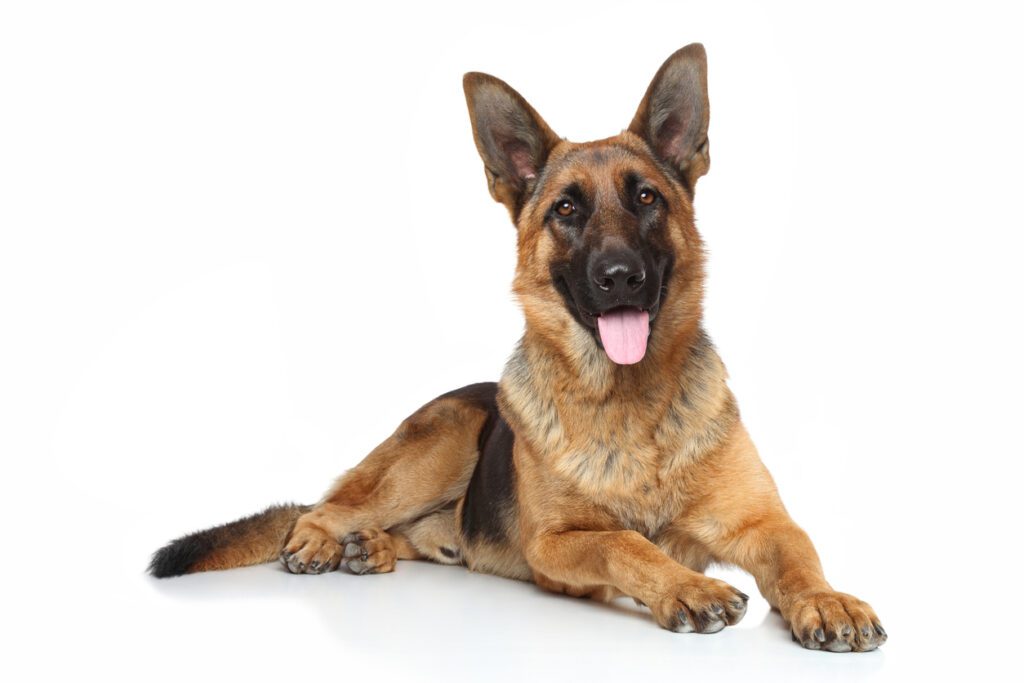
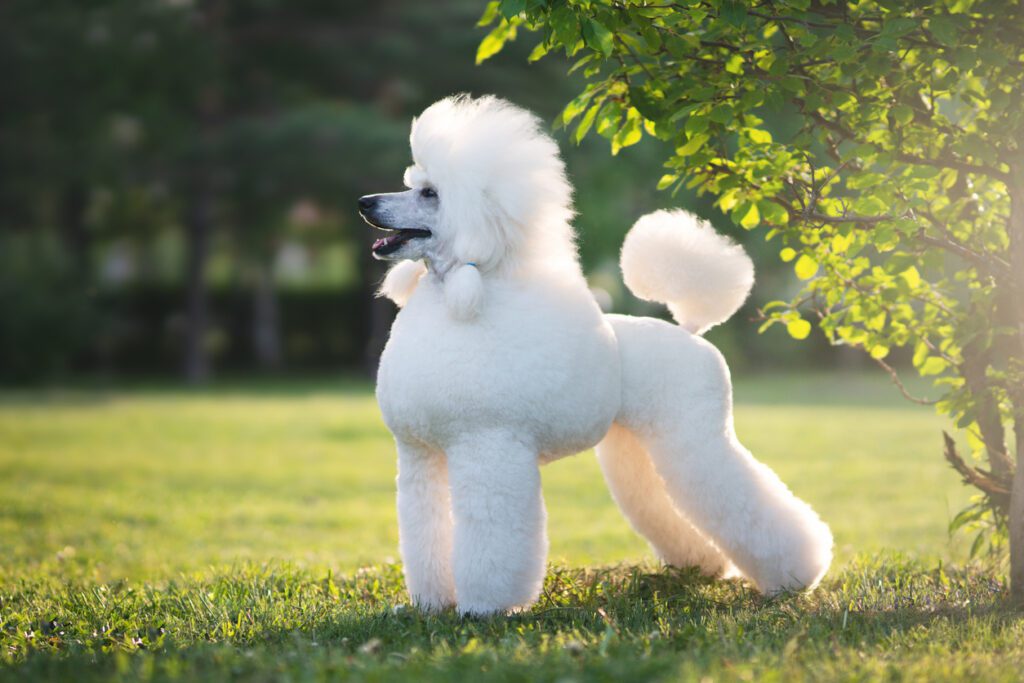

Throughout history, dogs have adapted and thrived alongside us, taking on roles crucial to our development and well-being. From the early days of domestication to their revered status in ancient civilizations and from their specialized roles in the Middle Ages to their cherished place in our homes today, dogs have proven invaluable companions.
If you’re considering adding a new furry friend, remember that you’re not just choosing a pet—you’re welcoming a loyal, loving partner into your family. This decision comes with great responsibility. Understanding the needs and characteristics of different dog breeds is crucial to ensure a harmonious and fulfilling relationship. If you need help finding the perfect match or understanding dog breeds better, don’t hesitate to reach out to fellow dog lovers or professionals who can guide you on this rewarding journey. Together, we can continue celebrating the incredible bond between humans and dogs while ensuring the well-being of our furry friends.
References:
Exploring AKC Registered Rottweiler Puppies: A Rewarding Journey | Rottweiler Puppies shelter. https://www.rottweilershelter.com/blog-post4
Do Labs & Goldendoodles Get Along Well? (A Complete Guide) » PetsParadigm. https://petsparadigm.com/do-labradors-goldendoodles-get-along-well/
Unlocking the Potential: Exploring the Power of Animal Training – animal-training-company.co.uk. https://animal-training-company.co.uk/uncategorized/animal-training/
Thank you for reading this blog post. If you have any questions or comments, please leave them in the Comments section below.
Copyright © 2019. I Don’t Know All The Answers, Nikki Mastro.
All of my photographs and documents are Copyrighted.
All the Photos included in this blog post are from the iStock.com library.
No part of this website, including text, photographs, and documents, may be reproduced, stored in a retrieval system, or transmitted in any form or by any means without written permission from the copyright holder. All unauthorized use is strictly prohibited. If you choose to copy or share any information from my site, you must provide a link to the source. I appreciate your cooperation.
For further information concerning “I Don’t Know All The Answers.”
– Website and Blog: https://www.idontknowalltheanswers.com
– Facebook: https://www.facebook.com/Nikki.L.Mastro/
– Instagram: https://www.instagram.com/i_dont_know_all_the_answers/
– Linkedin: https://www.linkedin.com/in/nikki-mastro-05455a3a/
– Youtube Channel: https://www.youtube.com/@idontknowalltheanswers1954

